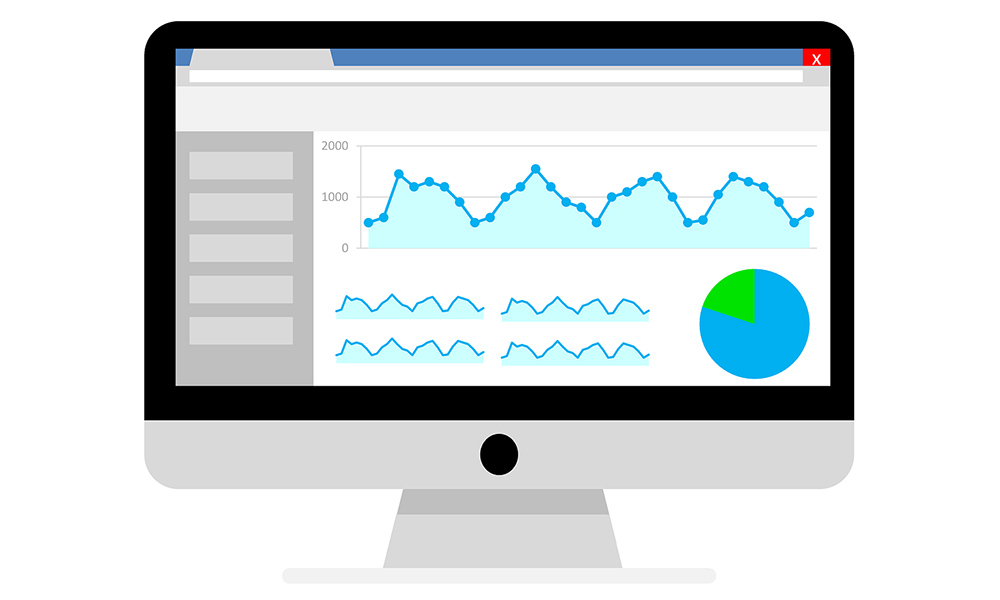An SEO optimized website has a low bounce rate. For the ones, not aware of this term; bounce rate simply represents the exact percentage of the visitors who enter your site but leave, rather than moving to other pages. And the bounce rate matters greatly in pointing out the numbers of loyal customers you have. We agree that buying a new visitor’s browsing time is a herculean task in this ever changing Internet era. However, the competition is fierce and to maintain a brand image, it's typical for you to make efforts to reduce the bounce rate of your WordPress website.
The lower your bounce rate will be, the better ‘cost per click' and ‘cost per thousand' you'll get. Therefore, to understand and increase the number of loyal customers to your site, it's important to reduce the bounce rate.
And, here are the excellent ways that can help you in reducing the bounce rate of your WordPress site.
Interlinking the existing Posts
Using interlinks within the contents of your site is a great way of reducing the bounce rate on your website. What you need to do is simply search the posts you want to add and interlink them with the main content. You can add links to new contents to the already existing content by using the interlinking method. This will keep sending the traffic to your site even if the visitor is interested in a new type of content, simply because you are interlinking all the posts on your own website.
WordPress even offers various plugins that can help you perform this particular task more effectively. Interlinking not only decreases bounce rate but also helps with maintaining the SEO rankings. One such plugin for this purpose is the SEO Smart Links plugin. This powerful plugin is apt for large SEO firms as well as beginners.
Improve Page Loading Speed
Often due to the slow page loading, visitors move away from a site. However, if you can manage to provide the visitors with fast loading speed, then bounce rate will normally start to shrink. And to reduce the page load time, showing only the excerpts of the whole content on the archive pages or front page can be an excellent idea.
Showing crisp portion of content on the front page will act as a teaser and prompt the user to continue browsing through your site, hence decreasing the bounce rate for that particular visitor. There can be various other reasons of slow loading like heavy images, too many plugins, server issues etc. Most of the problem occurs due to your web host providers. So, you must do proper research before finalizing your web host.
Make the Sidebar More Interactive
To reduce the bounce rate of your site, it’s important that you pay attention to making your website’s sidebar more interactive. As it plays a vital role in increasing the page views as well, do think about customizing it in a more attractive way. From showing the most popular posts to promote the most recent ones, or integrating different sections of your site in the sidebar, try to give it an interactive look. Listing all the major pages on the sidebar will provide a clear picture of your website’s content to the visitors and they will juggle less.
Offer Other Connected Posts
It often happens that visitors do leave a site as it fails to suggest them other related posts. To decrease the amount of bounce rate, you need to present the visitors with other connected posts too, that they may find interesting. By suggesting what to do next, you may even get them visit other pages of your site, giving an increase to your pageviews. There are plugins like the YARPP (Yet Another Related Posts Plugin) or Orange Themes Custom Widgets that can help you generate related posts easily by introducing your readers to other relevant content on your site.
Promote Casual Browsing
If you are really bent upon reducing the bounce rate on your WordPress site, then do consider the latest yet innovative way of adding attractive features like I’m Feeling Curious, Let’s Have a Tour, Interactive gallery or a personality quiz (related to your business) etc. These interesting and catchy features can make your visitors go ahead further inside into your website. The moment they click on these terms, they will be redirected to posts where you wanted them to go next.
Avoid Lengthy Posts
It's always suggested to avoid featuring long posts. Be it the SEO or generating leads or reducing the bounce rates, the lengthier your posts will be, the more uninteresting the visitors will feel. Keep it short yet engaging, divide into several pages if needed. It's better to use the ‘next page' tag in your posts than going on and on with a never-ending content, that too, on a single page.
Remove those Popups and never ending ads
You might be earning a fortune by featuring marketing ads but an excess of them is going to shred the online integrity of your digital property. Too many popups mean trouble in your paradise. It is expected out of a good website to feature less popups and the ones that do not cause hindrance in the normal site browsing. A good user experience for your visitors is the key to lowering your bounce rates and impressing the search engines for a good ranking.
Cluttered Web Design
We might have mentioned this here at the bottom of the post, but one must dare not to skip this mantra of a good website with the least bounce rate. You make a blog or develop your brand website with a lot of efforts and dedication. However, you can unwillingly mess things up, if you fail to provide a clean and minimalistic approach to your website’s designing.
If you can carefully implement all of these above mentioned factors while creating or upgrading your website, then be assured that the results will be satisfying. These factors not only help to reduce the bounce rates on your WordPress site; but also, work effectively in increasing the number of your pageviews.



